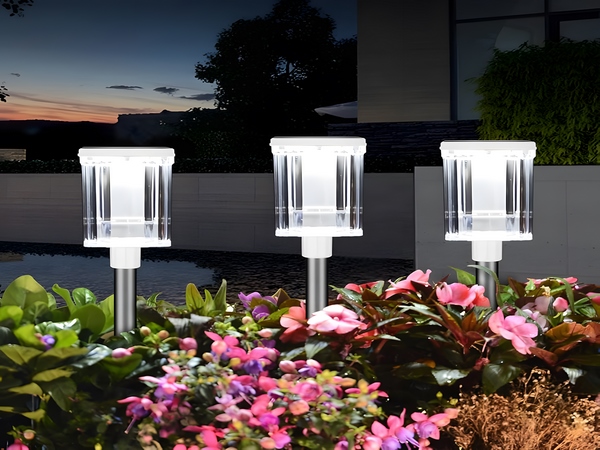

Solar street lights illuminate the path for pedestrians and can sense the arrival of darkness to turn on, as well as detect dawn to turn off. This is all made possible by the core controller that can manage the timing. So, how is the timing of solar street lights adjusted? The following is a detailed explanation.
The solar street light controller can adjust the start time of illumination and the duration of lighting based on light control and timing control. It is a data acquisition and monitoring control device featuring serial communication data transmission, managing the charging and discharging of solar street lights, as well as remote intelligent control.
Solar street light controllers are generally divided into infrared interface and special data line types, each with different methods of time adjustment.
1. Infrared Interface Type
The infrared interface controller, as the name suggests, transmits control signals via infrared rays. It requires a specific remote control from the manufacturer to adjust the timing of the solar street lights. We can request the supplier to provide a remote control for the solar street light controller, and following the manual will allow easy adjustment of the illumination time.
2. Special Data Line Type

The special data line controller connects the solar street light controller to a mobile phone using a dedicated data line. The mobile phone needs to download specific software and follow the software instructions to set the illumination time for the solar street lights.
This concludes the discussion on how to adjust the timing of solar street lights. These lights are powered by crystalline silicon solar panels and utilize maintenance-free, valve-regulated sealed batteries (gel batteries) for energy storage. High-brightness LED fixtures serve as the light source, controlled by an intelligent charging and discharging controller, serving as a replacement for traditional public electric lighting.



